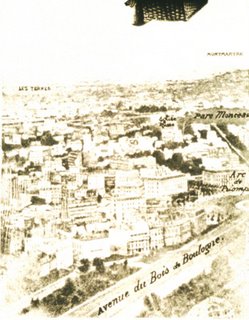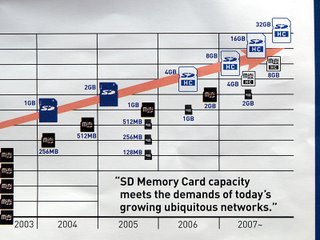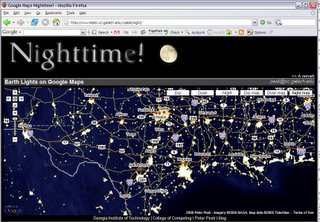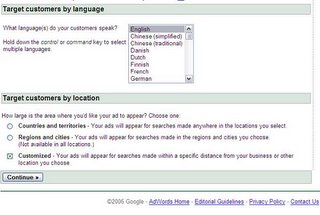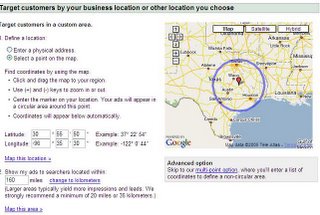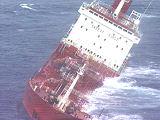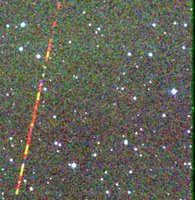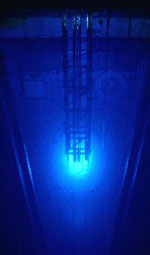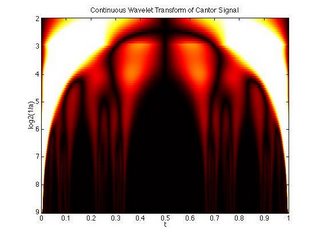
This story is about the revolution brought about by compressed sensing or compressive sampling. It is a beautiful story as far as I can tell and I will try to parse it in three or four parts. I write it as an outsider and I therefore hope to be forgiven if I missing names.
It all started with the (re)discovery of wavelets by Jean Morlet and the work of people like Alex Grossman. The field was expanded by people like Yves Meyer, Stephane Mallat, Ingrid Daubechies and many others. As pointed out in the text about Jean Morlet, it all started badly:
...Until now, his only reward for years of perseverance and creativity in producing this extraordinary tool was an early retirement from Elf...
Elf was not fearing knowledge or fearing to be more competitive but rather the company had been hit with a scandal that nearly shattered a government and a presidency. The avions renifleurs affair (sniffer planes) made most of the management at ELF very cautious/squeamish about any type of extraordinary scientific announcement. So when Morlet came in and told people about wavelets, they had him retire. While the story is cute, it took a good ten years before wavelets became of interest in the generic engineering literature.
As an engineer myself, the turning point for making these functions useful was when Dave Donoho started to make available a series of routines on the internet so that other researchers could reproduce his own published material (David Donoho wants his research to be reproducible because he thinks that publication is not scholarship but merely an advertisement for it). The Wavelab toolbox was revolutionary because, in effect, since most of these wavelet functions were not analytic (they are mostly defined as a solution to a recurence relation) most engineers had to first build something to get to see a "wavelet" function. And while there were wavelets built from spline functions by Chui, Goswami and Chan these never really took off in the literature. Wavelets are now routinely used in every areas of engineering and have joined Fourier analysis in the series of tools engineers and scientists use in their daily lives. They have changed the face of applied harmonic analysis and change our ways we look at signals such as image, voice, etc. However, the revolution only starts here. The bigger boom came from another area of mathematics...





